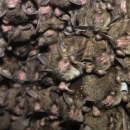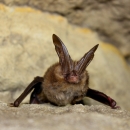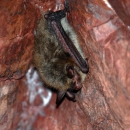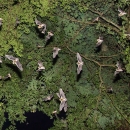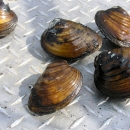Featured Species
Federally Listed Species in West Virginia
The U.S. Congress, through the Endangered Species Act (ESA) of 1973, recognized that endangered and threatened species of wildlife and plants "are of esthetic, ecological, educational, historical, recreational, and scientific value to the Nation and its people." Some of the many specific reasons to invest money and effort into actions to conserve species threatened by extinction include:
Natural balance of life,
Medicinal purposes,
Pest control and pollination,
Monitors of environmental health,
Benefits to clean air and water, and
Other economic and intangible values.
As the principal federal partner responsible for implementing the ESA, the West Virginia Field Office leads in recovering and conserving our imperiled species in West Virginia. Our responsibilities also include the following:
Listing, reclassifying, and delisting under the ESA,
Providing information and biological opinions (through the Project Reviews, process) to federal agencies on their activities that may affect listed species,
Enforcing species protection under the Act,
Overseeing recovery activities for listed species,
Providing for the protection of important habitat, and
Providing assistance to states and others to assist with their endangered species conservation efforts.
There are almost 30 species are protected by the ESA in West Virginia, ranging from species only occurring in the state, such as the Cheat Mountain salamander and diamond darter, to wide-ranging species such as the northern long-eared bat and snuffbox mussel. To determine if an action, such as project construction, may affect federally listed species, input your project or action's geographic area into the Information for Planning and Consultation ( IPaC IPaC
Information for Planning and Consultation (IPaC) is a project planning tool that streamlines the USFWS environmental review process
Learn more about IPaC ) (link) tool and then follow the instructions on the project review page.
For definitions and details on the meaning behind species listing statuses, follow the links below:
Quick links
Bats
- Surveyors for federally listed mytoid bats
- Range-wide Indiana bat survey guidelines
- Northern long-eared bat final 4(d) rule
Crustaceans
Mussels
Plants
- Procedures for conducting surveys for federally threatened or endangered plants in West Virginia
- Surveyors for federally listed plant species in West Virginia
- Rare plant field survey form
- How to apply to be a certified plant surveyor

